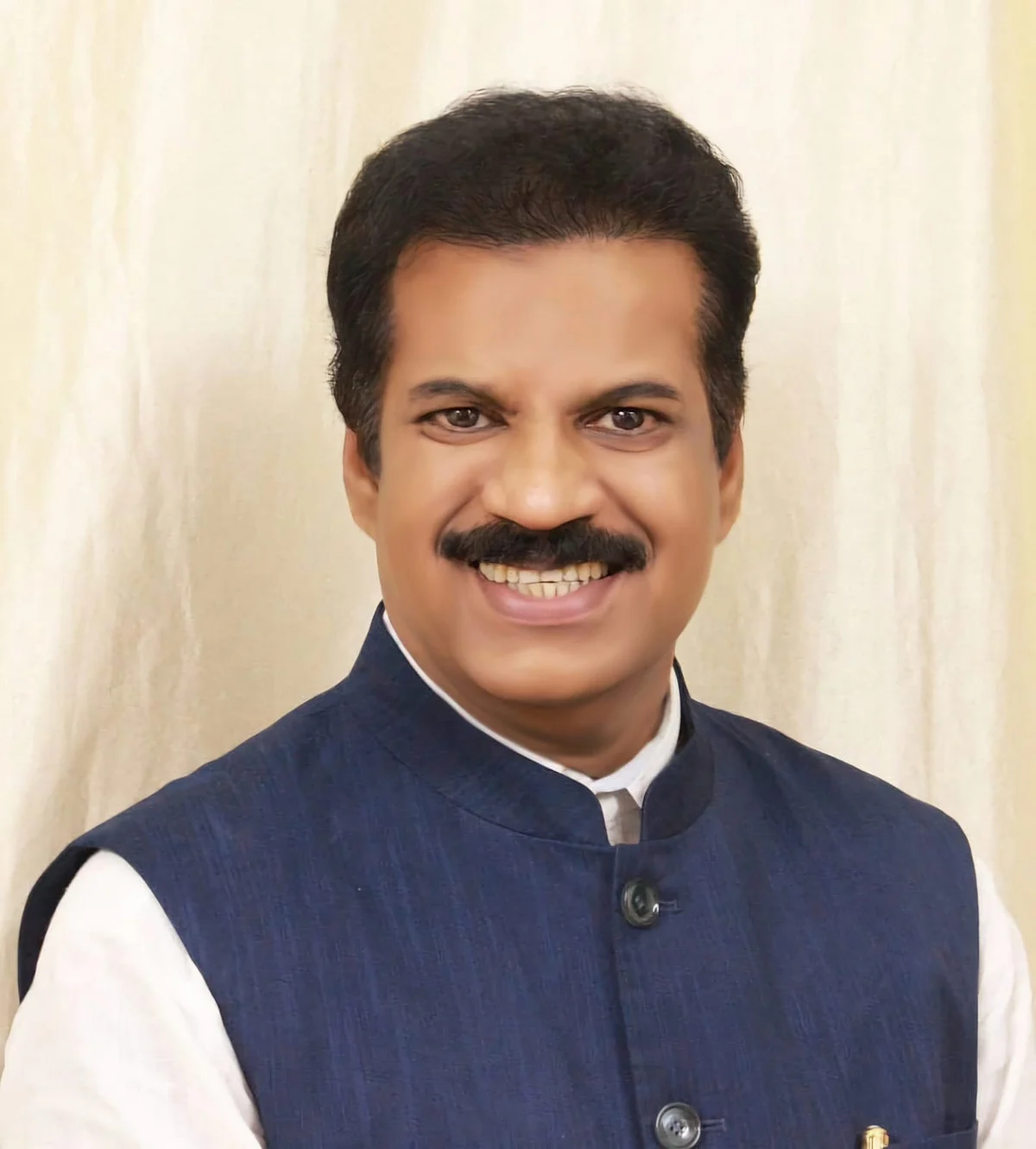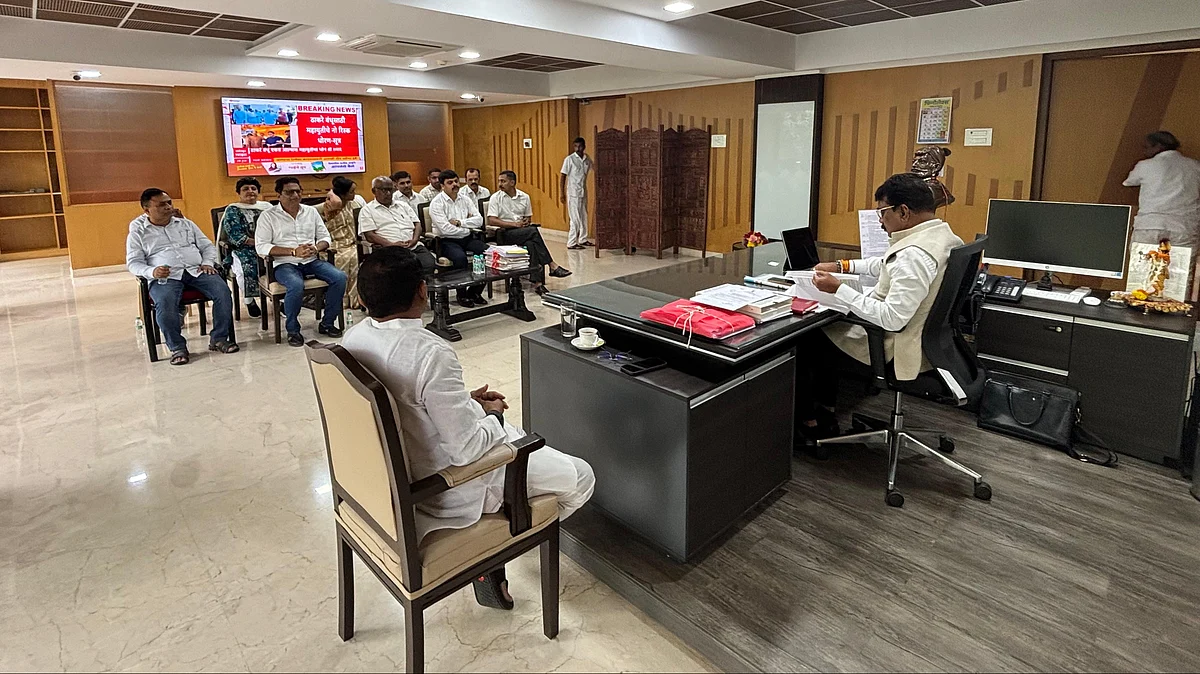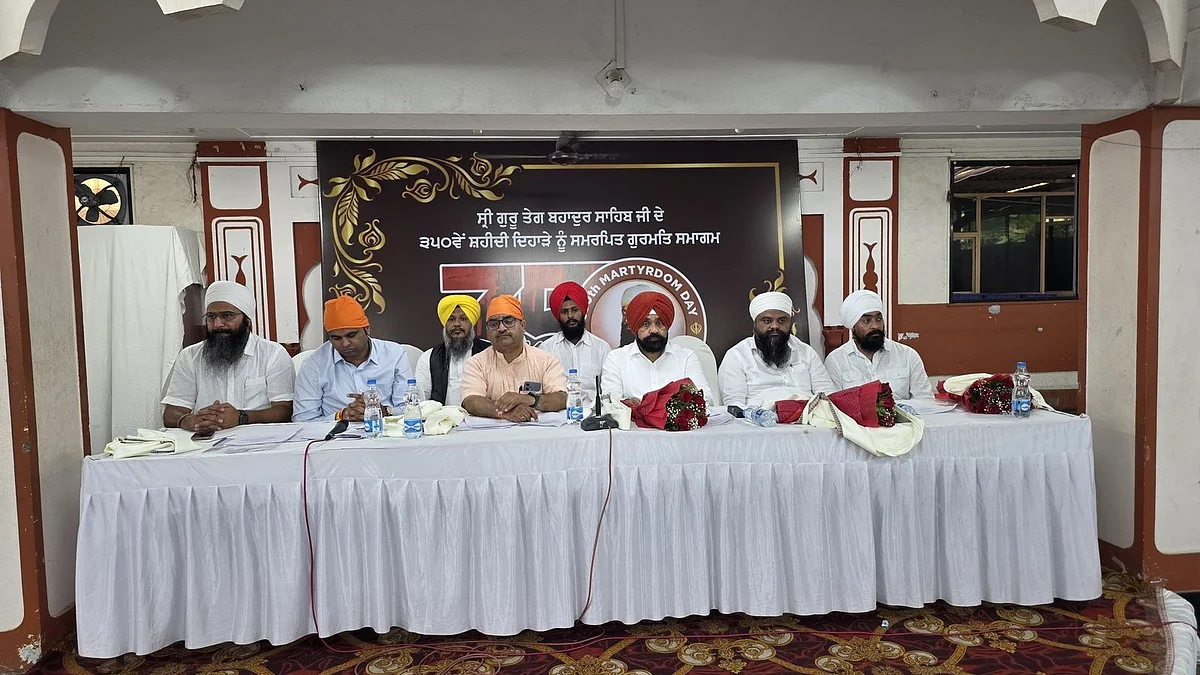The landscape of modern warfare is undergoing an intense transformation. Where once the strength of a nation’s military was measured by the sheer number of soldiers or the size of its arsenal, today’s battles are increasingly defined by technological superiority, precision weaponry, and rapid innovation. The emergence of high-tech systems ranging from stealth aircraft to precision-guided missiles has rendered traditional metrics of military might less relevant. In this new era, it is not the largest armies that prevail, but those equipped with the most advanced and agile technologies.
India has embraced this paradigm shift with remarkable resolve. Through the Swadeshi movement, championed by the Make in India and Atma-Nirbhar Bharat initiatives, the nation is not only reducing its reliance on foreign imports but is also nurturing a robust ecosystem of indigenous research, development, and manufacturing. The result is a new generation of world-class platforms such as the new generation Tejas fighter, BrahMos Supersonic cruise missile, and INS Vikrant aircraft carrier that reflect India’s growing prowess in defence technology. It has been amply demonstrated in “Operation Sindoor” that many indigenous technologies, including Akash missiles, have been deployed to achieve intended goals.
Indian Defence Capabilities: India’s journey toward self-reliance in defence began with the Integrated Guided Missile Development Program (IGMDP) in 1984, led by Dr. Abdul Kalam. This program developed several key missile systems including Agni, Prithvi, Akash, Nag, and Trishul. Today, all except Trishul have been successfully inducted into the Armed Forces.
The success of India’s missile program stems from early partnerships with development partners. Public sector companies like Bharat Dynamics Limited (BDL), Hindustan Aeronautics Limited (HAL), and Bharat Electronics Limited (BEL) have played crucial roles. Equally important has been the integration of private sector companies such as L&T, Godrej and Boyce, and Tata Advanced System Limited into both development and manufacturing processes. India has also embraced international collaboration, as seen in joint projects like the BrahMos missile with Russia and MRSAM with Israel, showing how India has evolved from purely local development to strategic partnerships that integrate global knowledge and design expertise.
Indian Air Force: The transformation of India’s aerial warfare capabilities represents one of the most significant achievements of the Swadeshi movement. At the forefront of this revolution stands the Tejas, the Light Combat Aircraft (LCA), a 4.5-generation multi-role fighter that serves as a powerful symbol of Indian engineering excellence. This sophisticated aircraft incorporates cutting-edge technology including a glass cockpit, fly-by-wire controls, precision targeting systems, and beyond visual range missile capability, placing it in the same league as globally renowned fighters like the F-16 and JAS 39 Gripen. The Indian Air Force has already inducted over 40 jets into service, with an additional 83 Mk-1A variants on order, while export interest continues to grow from countries including Malaysia, Argentina, and Egypt.
India’s foray into unmanned combat aerial vehicles represents another leap forward in indigenous defence technology. The nation’s stealth UCAV, designed for autonomous deep-strike missions, features an advanced flying wing design integrated with sophisticated stealth capabilities and artificial intelligence systems. This platform positions India among the select few nations capable of developing and deploying such advanced unmanned systems.
Indian Army: The Indian Army’s transformation through indigenous technology spans multiple domains, from advanced missile systems to cutting-edge combat vehicles. The Akash Surface-to-Air Missile system exemplifies this technological revolution, serving as a mobile, all-weather, medium-range surface-to-air missile system with an operational range of 25-40 kilometres. This system, developed by the Defence Research and Development Organisation with significant contributions from the Defence Research and Development Laboratory (DRDL) and Research Centre Imarat (RCI), is comparable to established international systems like the Russian Buk and Israeli Spyder. The Indian armed forces have deployed over 12 regiments of this system, providing comprehensive air defence coverage across critical installations and formations.
Indian Navy: India’s naval capabilities have been transformed through ambitious indigenous shipbuilding and technology programmes that position the nation among the world’s premier maritime powers. The crown jewel of this transformation is INS Vikrant, India’s first indigenous aircraft carrier with a displacement of 45,000 tons. This magnificent vessel, commissioned in 2022, operates MiG-29K fighters and naval helicopters, joining India to an elite group of nations possessing such advanced carrier capability. Submarine capabilities have been substantially enhanced through the Kalvari-Class submarines, built under the Make in India initiative by Mazagon Dock Limited. These submarines are equipped with advanced sonar systems and are ready for Air Independent Propulsion upgrades, significantly extending their underwater endurance. With six submarines planned and five inducted by 2024, this program represents a major milestone in India’s submarine manufacturing capabilities.
Global Defense Spending: The world’s largest military spender in 2025, the United States, not only continues to dominate the rankings but also makes up 62.3% of the global top 5 military spenders, allocating $997 billion, which accounts for 37% of global military expenditure. China follows as the second-largest spender with $314 billion. Together, these two nations dominate global defence spending, reinforcing their status as the world’s leading military powers.
India’s position as the fifth-largest military spender globally, with expenditure of $86.1 billion, demonstrates the nation’s commitment to regional security and defence modernisation. This spending represents 2.3% of India’s GDP and 3.2% of global military expenditure, highlighting the country’s growing strategic importance. Therefore, the necessity of increasing the indigenisation effort for the long term development while adopting collaborative effort in short and mid-term is absolutely essential.
Indigenous platforms now form the backbone of India’s strategic deterrence and operational readiness, ensuring that the nation’s security infrastructure is built upon reliable, domestically controlled technology. The success of these programmes has positioned India among the world’s top 25 defence exporters, transforming the nation from a major importer to a significant player in the global defence market.
Conclusion: India’s Swadeshi movement in defence represents far more than a policy initiative; it embodies a national renaissance that demonstrates the power of indigenous innovation and strategic vision. By harnessing the exceptional talent of Indian scientists, engineers, and industries, India is constructing a secure, self-reliant future that serves as an inspiration to developing nations worldwide. The remarkable journey from import dependence to indigenous innovation tells a compelling story of vision, resilience, and unwavering patriotism.
Dr. Dhanpant Ram Agarwal, National Co-convenor, SJM. And Dr. LN Raghavendra, Outstanding Scientist Director (Propulsion), Centre for Military Airworthiness and Certification. DRDO, Ministry of Defence, GOI; excerpted from www.swadeshionline











